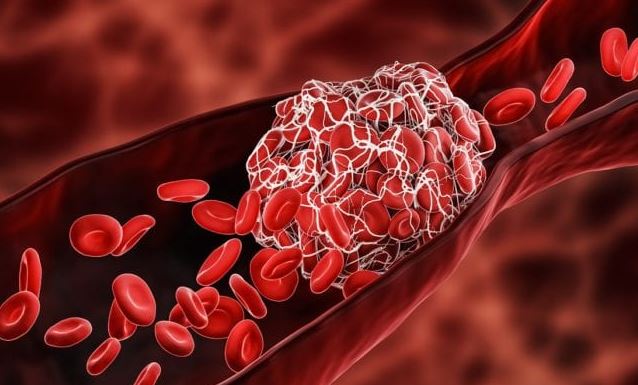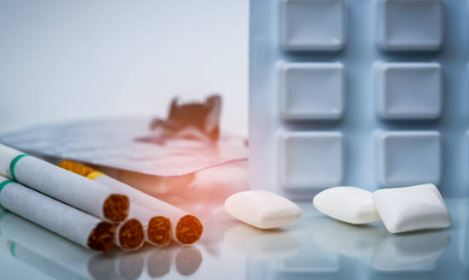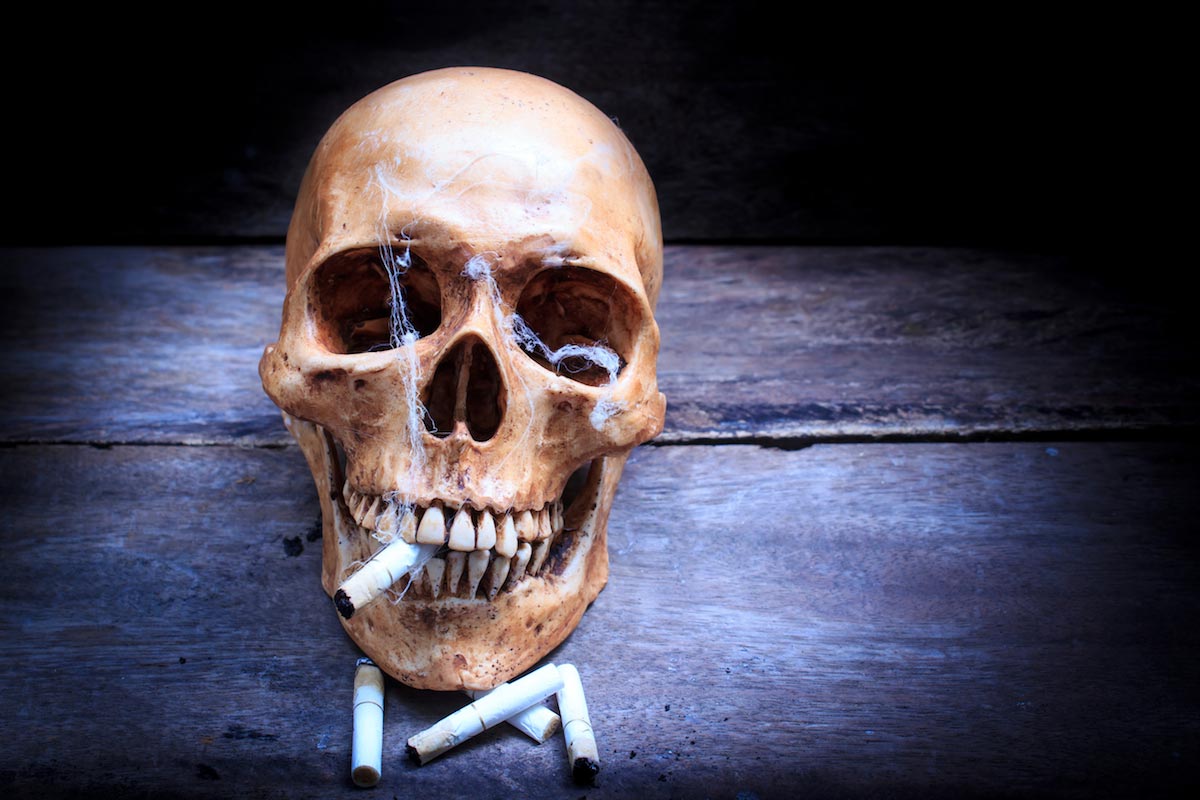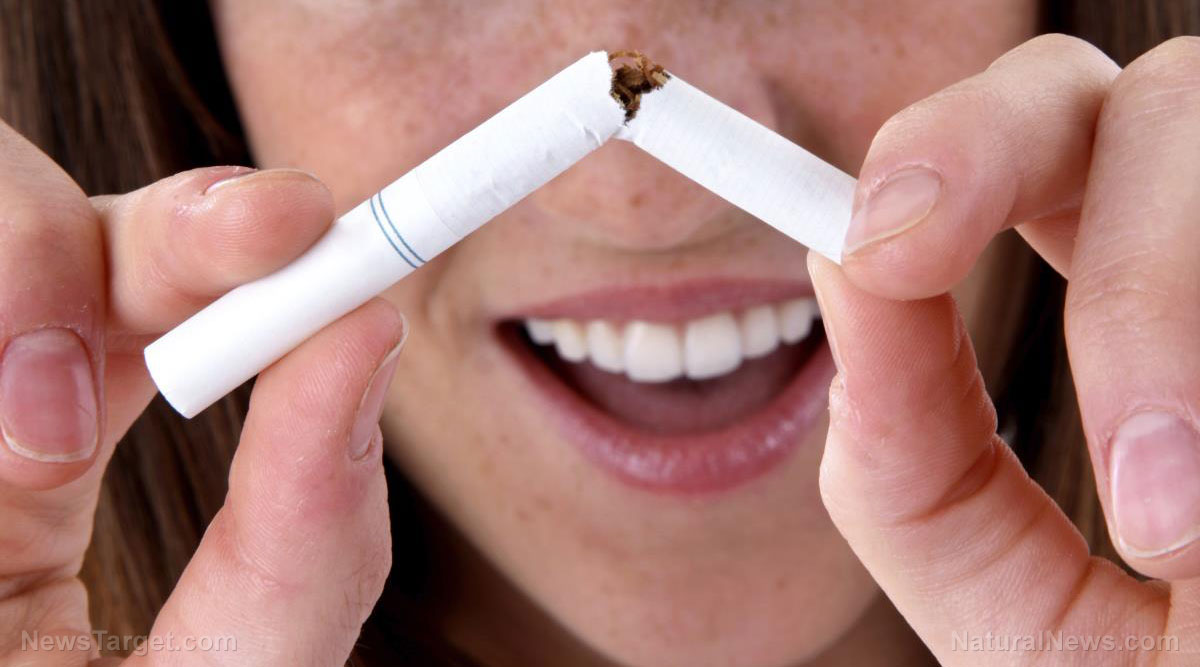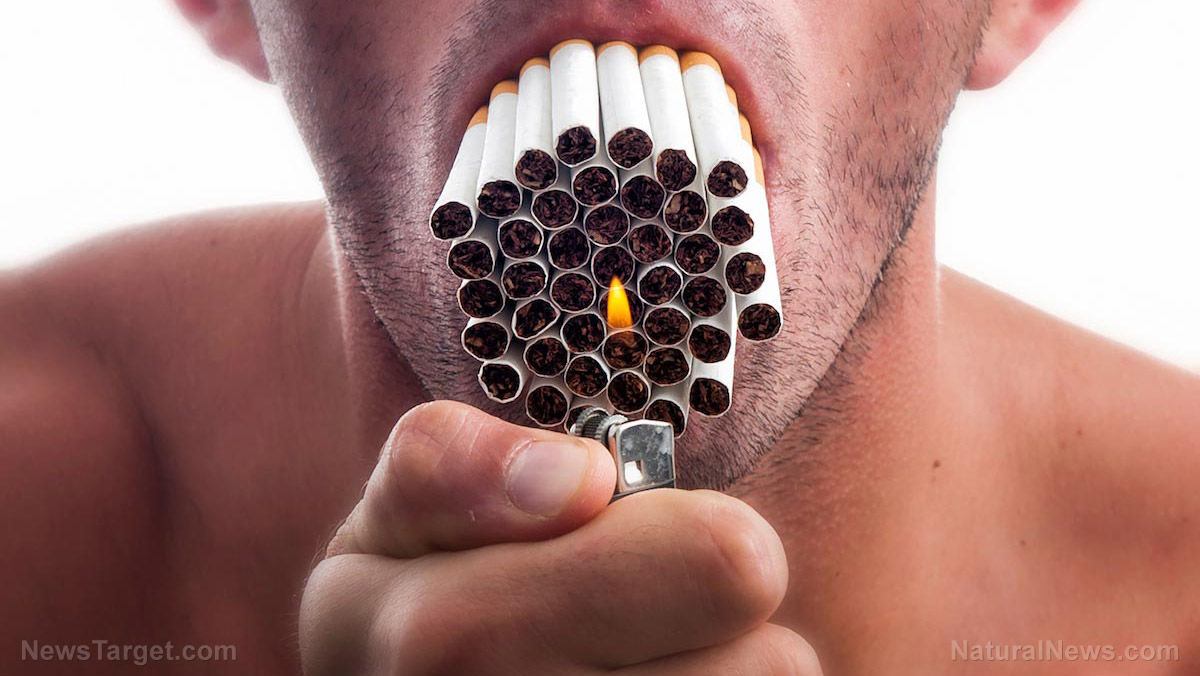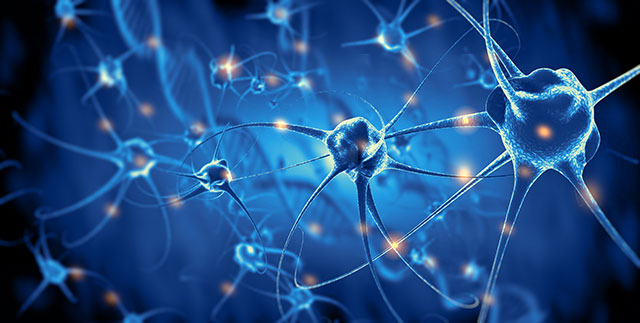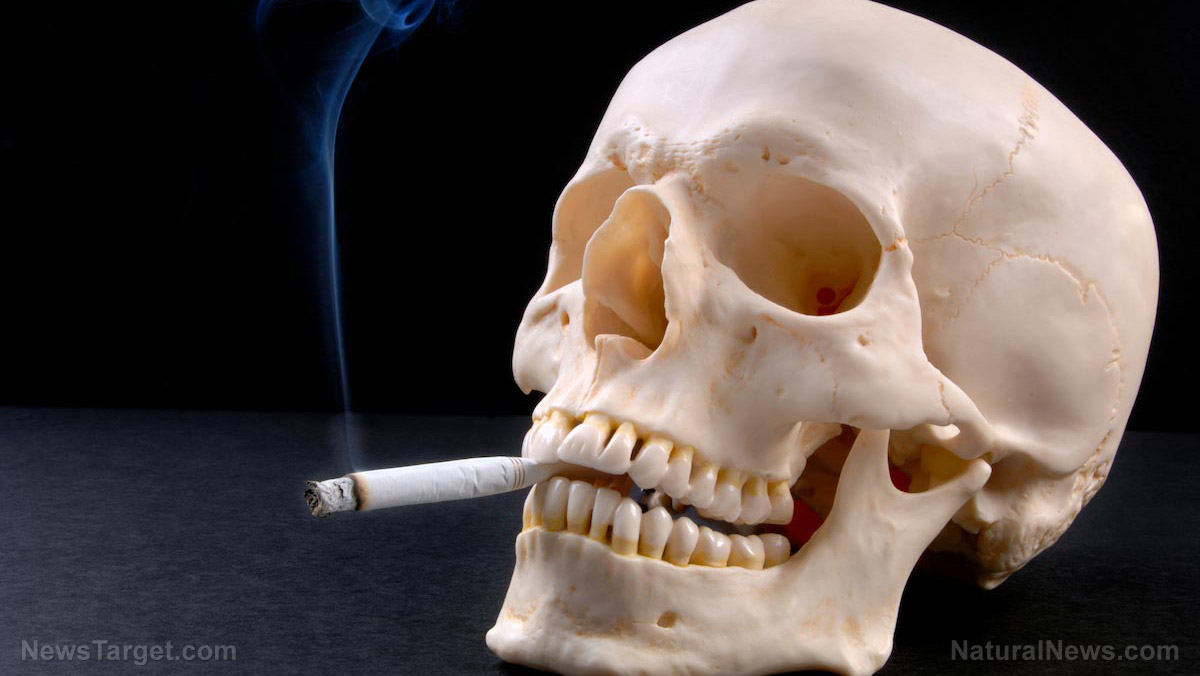Top 4 shocking ingredients in CIGARETTES dissected and explained – no wonder 35 million Americans can’t figure out why they’re so addicted
12/18/2022 / By Herbal Remedy Insider
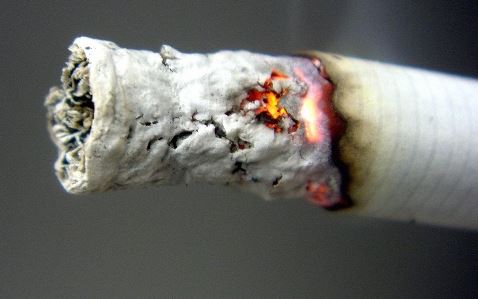
Sure, everybody has at least heard that there are all kinds of “chemicals” in commercial cigarettes, and that cancer sticks got that nickname for a reason, but even a non-smoker would be shocked to find out what is really driving the addiction, besides just nicotine. There are 4 shocking ingredients in cigarettes, that have been used for over 50 years, that most people couldn’t even guess were in them, and these ingredients drive specific kinds of cancer and the NEED for nicotine. Once these insidious manufacturing tricks are exposed, it’s much easier to understand the cause of the addiction, and it’s also much easier to quit.
#1. Cellulose Acetate – a form of plastic that is used in photo film is also woven (in a cross-hatch pattern) into cigarette paper to make it burn evenly, and burn at temperatures up to 1700 degrees. This is why cigarettes don’t go out in heavy wind, and also why the burning part doesn’t trail up one side, as it would if you rolled your own. Burning plastic chemicals leads to cancer of the larynx (85%), esophagus (58%), and the pharynx section of the oral cavity (55%).
#2. Bleach – Most cigarettes are white, and paper comes from trees, but trees are brown. Just like most white foods, including flour, sugar, pasta, and bread, bleach is used to turn cigarette papers white. With each puff of a cigarette, the smoker is inhaling a little bleach, which over time, damages the epithelial tissues and cleansing organs. This helps drive cancer of the pancreas (95% death rate), liver (34%), and kidneys (24%). Each time the smoker urinates, a little bit of bleach is exiting the system, burning the tissues, including the bladder and prostate, and inviting cancer cells to attack.
#3. Fiberglass – Ever wonder why cigarette filters (butts) keep your fingers cool, or why they take 15 years to disintegrate? Most cigarette manufacturers use glass wool, also known as fiberglass (like in your attic), to keep the smokers fingers cool, even when they smoke the cigarette all the way down to the nub. Tiny glass shards from this escape into the mouth, throat, and lungs, creating tiny tears (cuts) in the epithelial tissue that lines the inside of these passage ways. As more and more damage is done over time, cancer cells move in for the kill, and occupy the damaged tissue. That’s why lung cancer rates are the highest for smokers, at a whopping 90%.
#4. Ammonia – Since the 1960s, cigarette manufacturers figured out how to freebase the tobacco with ammonia so the nicotine becomes a vapor-ready drug that hits the heart and brain in just 3 seconds. Ammonia mixed with bleach is the basic formula for mustard gas, a deadly concoction used as a biological weapon of war. That means with every puff, a smoker is inhaling a little bit of poison that causes an almost immediate hangover, the moment the nicotine from the previous cigarette starts wearing off.
The ‘Cigarette Hangover’ from these chemicals drives the need for relief in the form of nicotine
Anyone who has ever had an alcohol hangover knows that a couple aspirin and lots of water is the ‘cure.’ So what’s the temporary cure for the cigarette hangover? Another cigarette. The toxic chemicals in cigarettes, including pesticides, ammonia, bleach, and plastic, lead to a horrible feeling of nervousness and anxiety, but most smokers don’t know that’s the reason they feel like they do. That’s why nicotine is not the most dangerous part of smoking and is really only the relief from the angst caused by the damage the chemicals do to the body, every hour of every day.
Continued tobacco use after cancer diagnosis DOUBLES risk of death from 12 types of cancer per study published in JAMA
Most non-smokers would say that smokers who continue to use tobacco after they are diagnosed with cancer is beyond comprehension, but those accusers fail to understand the depth of the addiction, and what’s really causing it, besides just the nicotine. Smoking ammonia, bleach, plastic, and fiberglass leads to many types of different cancers, and continuing to smoke after cancer diagnoses doubles the smoker’s chance of death from those cancers, according to research compiled in California at UC Davis Comprehensive Cancer Center and published in JAMA. Nearly 100,000 Californian smokers were studied, and the conclusions were shocking, even to oncologists.
How to quit smoking with the help of natural supplements
Nearly all smokers agree on one point: If they didn’t feel nervous, anxious, and dead-tired most of the time, they wouldn’t smoke. There’s a natural remedy that boosts dopamine levels naturally, without any addictive qualities, drugs, or chemicals. There’s also a vitamin that helps balance the central nervous system, aiding in the quitting of smoking, naturally. A new supplement beverage called Krave Kicker combines mucuna pruriens (superfood L-dopa) and vitamin B12 (as methylcobalamin) to help smokers kick the cravings while feeling balanced and mood-elevated.
The true physical nicotine addiction is broken in just 4 days. So, with the New Year quickly approaching, millions of smokers (and vape enthusiasts) would love to have a natural method for quitting nicotine that really works and is proven effective. Now is the time to not only make that New Year’s resolution, but to make it come true.
Special Note: This article was authored by Herbal Remedy Insider, a researcher for Krave Kicker, the manufacturer of a functional beverage that contains a natural, herbal remedy for nicotine and sugar cravings. This publisher was NOT compensated in any way for carrying this article. It is not a sponsored article, but the author is receiving publicity of this news item in exchange for providing the article at no cost.
Sources for this research:
Submit a correction >>
Tagged Under:
addiction, ammonia in cigarettes, cigarette ingredients, ingredients, krave kicker, Mucuna pruriens, natural method, natural remedy, nicotine alternative, plastic in cigarettes, quit smoking, smoking, stop smoking, vitamin B12
This article may contain statements that reflect the opinion of the author
RECENT NEWS & ARTICLES
StopSmoking.News is a fact-based public education website published by Stop Smoking News Features, LLC.
All content copyright © 2018 by Stop Smoking News Features, LLC.
Contact Us with Tips or Corrections
All trademarks, registered trademarks and servicemarks mentioned on this site are the property of their respective owners.






